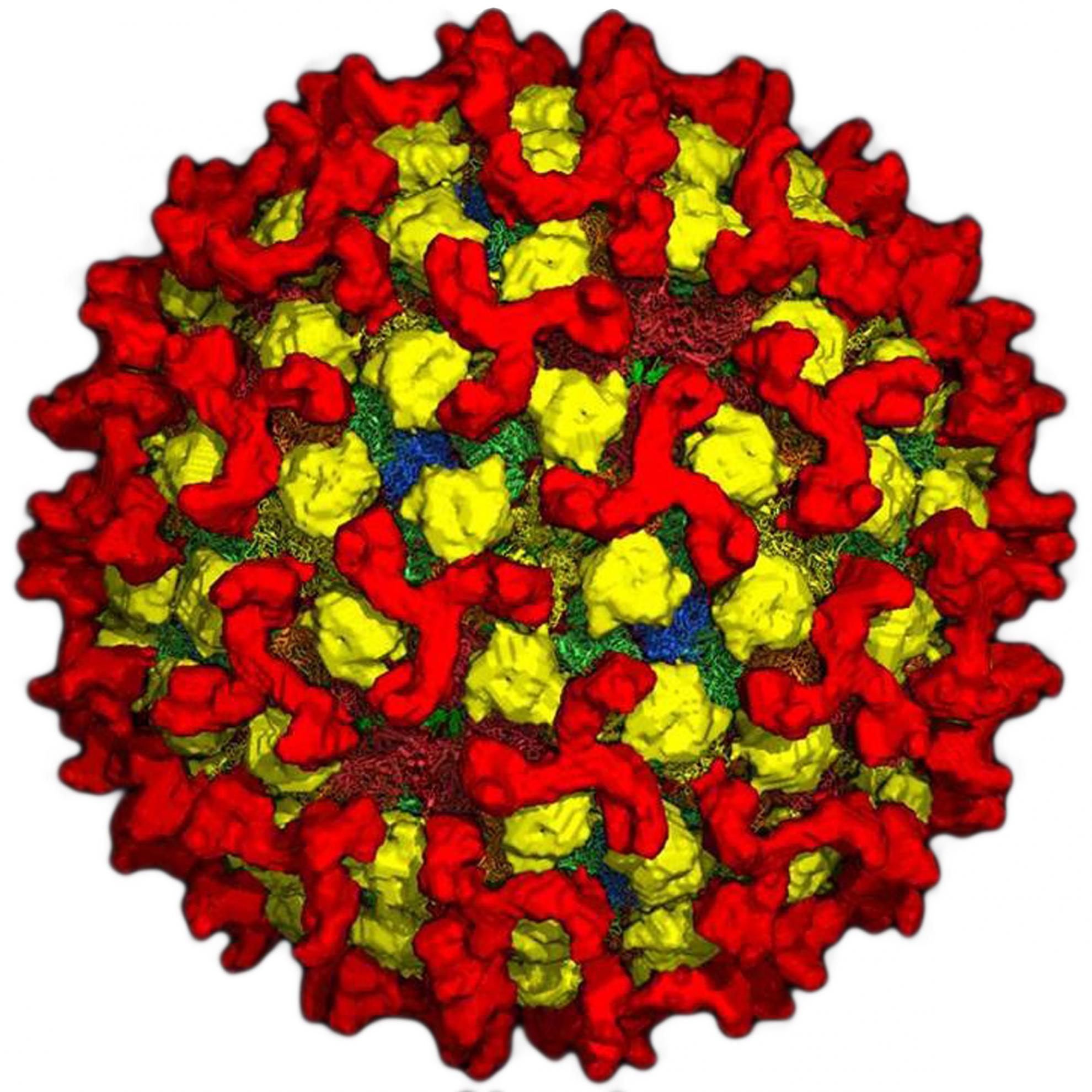Bluetongue virus serotype 26: Infection kinetics and pathogenesis in Dorset Poll sheep
Bluetongue virus serotype 26 (BTV-26) has recently been isolated from sheep in Kuwait. The aim of this study was to assess the pathogenicity and infection kinetics of BTV-26 in Dorset Poll sheep. Six sheep were experimentally infected with BTV-26 and samples taken throughout the study were used to determine the kinetics of infection using a pan specific BTV real time RT-PCR assay and two group specific ELISAs. Five of the six sheep showed mild clinical signs characteristic of bluetongue including conjunctivitis, reddening of the mouth mucosal membranes, slight oedema of the face and nasal discharge. Viral RNA was detected in 5 of the 6 sheep by real time RT-PCR, however the levels of viral RNA detected in the samples were lower and of shorter duration than seen with other field strains of BTV. Virus was isolated from the blood of infected animals at the peak of viraemia at around 9 dpi. Antibodies against BTV were first detected by 7 dpi using the early detection BTV ELISA and a little later (7-14 dpi) using a BTV specific competitive ELISA. Four of the five remaining sheep developed neutralising antibodies to BTV-26, measured by a serum neutralisation test (SNT), with titres (log(10)) ranging from 1.40 to 2.08.
Back to publications

